
On February 14, 2007 Starbucks CEO Howard Shultz wrote an email to his leadership team arguing that the Starbucks experience had become too commoditized. In the email he shared:
"I believe we overlooked the cause and the effect of FlavorLock in our stores. We achieved fresh roasted bagged coffee, but at what cost? The loss of aroma -- perhaps the most powerful non-verbal signal we had in our stores; the loss of our people scooping fresh coffee from the bins and grinding it fresh in front of the customer, and once again stripping the store of tradition and our heritage."
Almost twenty years on, walk into any coffee shop and you’ll still be hard-pressed to get a whiff of that tantalizing aroma loved by so many.
Smells Are Being Muted
Stick your nose into your sleeve and what do you smell? Probably not much of anything, right? It’s estimated that approximately 60% of clothing fabrics are now synthetic: primarily polyester, nylon, and acrylic. These materials have no smell, unlike traditional wool, leather, or cotton, which carry earthy, tannic, or sun-dried scents. Oh, how I cherish the smell of a freshly washed wool sweater: slightly sweet, a bit earthy and grassy, a hint of metallic, and delightfully musky.
Walk into any public library and you’ll notice the familiar “old book” smell is missing, replaced by the metallic scent of computers and modern, synthetic materials. As libraries prioritize digital resources and remove older books for study areas and community services, the sensory experience of libraries as we knew them is fading.
Stroll through a rose garden and you’ll notice most flowers don’t have a scent. A 2017 study by the American Rose Society found that over 75% of newly bred hybrid tea roses (the most common commercial variety) have little to no detectable scent, as breeders prioritize looks and shelf life over fragrance.
Here in California, like many places, you’d be hard-pressed to find the smell of freshly cut grass, as neighborhood lawns and athletic fields are increasingly being replaced with artificial turf. They say it’s to help conserve water since we get so little rain, but concerns about health and environmental impacts are also growing. I’m hopeful soon more children will have access to that scent memory like us older folks do.
And visit most grocery, or big box, stores and you’ll smell nothing but sterile, plasticky odors, with even the slightest hint of scent swept away via the ventilation system or numbed inside hermetically sealed packaging. If you do get a whiff of something, it’s likely a synthetic “signature scent” pumped into the space to get you to linger longer. The traditional ‘organic’ aromas wafting from the bakery, the meat aisle, or the seafood dept. are largely purged these days.
Think about the produce aisle of your local grocery chain. Pick up any fruit - an apple, a mango, a tomato, or banana, and what do you smell? Most likely nothing. That’s because today’s industrialized farming practices prioritize long shelf life, and transportability, over flavor and aroma, resulting in fruits being picked well before they reach peak ripeness (not to mention trapped in plastic).
What’s happening here?
Well, if you look around (and read the article “Why is the World Losing Color?” ) you’ll see that the world appears more sleek, more grayscale - less vibrantly colored. Even the latest music we hear is flatter, less dynamic in sound than in the past.
What’s happening is that our sensory world is slowly, quietly moving into a slumber so banal, so stale that we can’t even recognize we are gradually becoming, in the great lyrics of Pink Floyd, ‘comfortably numb’.
Smells Are Being Homogenized
When we do find scent, more often than not the smells are the same. There’s an apathy, a sort of indifference - perhaps a need for security and stability - that’s most evident in the perfume industry.
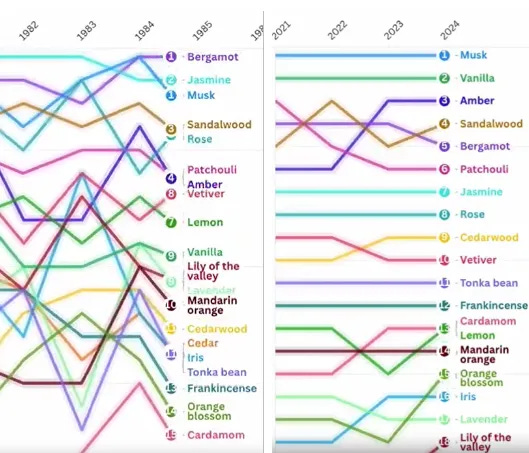
Brian Buchanan, in his Substack article “Has Perfume become Samey?” analyzed a fascinating video graphic from Linkedin which charts the frequency of different notes used in perfume releases from 1980-2024. What he found was that today, more than ever, fragrances smell the same (see pic above). If you look closely you’ll see that back in the 1980’s there was a dynamism and level of creative expression that’s completely missing today. It’s as though perfume’s artistic voice is on life support.
Musk and vanilla dominate the market. The scents are ‘safe’, ensuring sales to meet yearly financial targets. Nothing to rock the boat, to risk uncertainty. It’s why the so-called ‘flankers’, an industry name for added fragrances slightly modified from the original perfume (ie. Marc Jacobs Daisy, Daisy Wild, Daisy Love, Daisy Dream) make up about 30-40% of the overall market.
Honestly, this lulling into a false sense of security, and stability, feels much more like we’re all in a state of deep sensory depression.
But we don’t have to accept this path…
Awaken the Wild and Untamed
Maybe it’s time to wake up the pungent, the pleasurable, and, yes, even the unsavory smells. Let’s unleash the smell of experience, of a life lived fully. For a life filtered of scent is a life only half-lived. Let us breathe in the raw, unfiltered world.
This week on my podcast An Aromatic Life:
In this week's whiff of wisdom, Master Perfumer, and friend of the pod, Christophe Laudamiel explains what most people, especially the media, get wrong about sustainability in Perfumery.
If you want to dive deeper into Christophe’s take on natural vs. synthetic, why not go back and listen to the original full conversation - episode #80.
You can hear this episode and many more on Apple podcast, Spotify, Amazon Music, or wherever you get your podcasts.


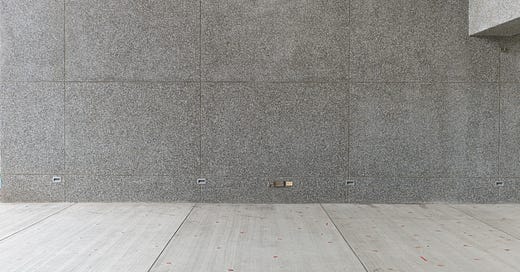


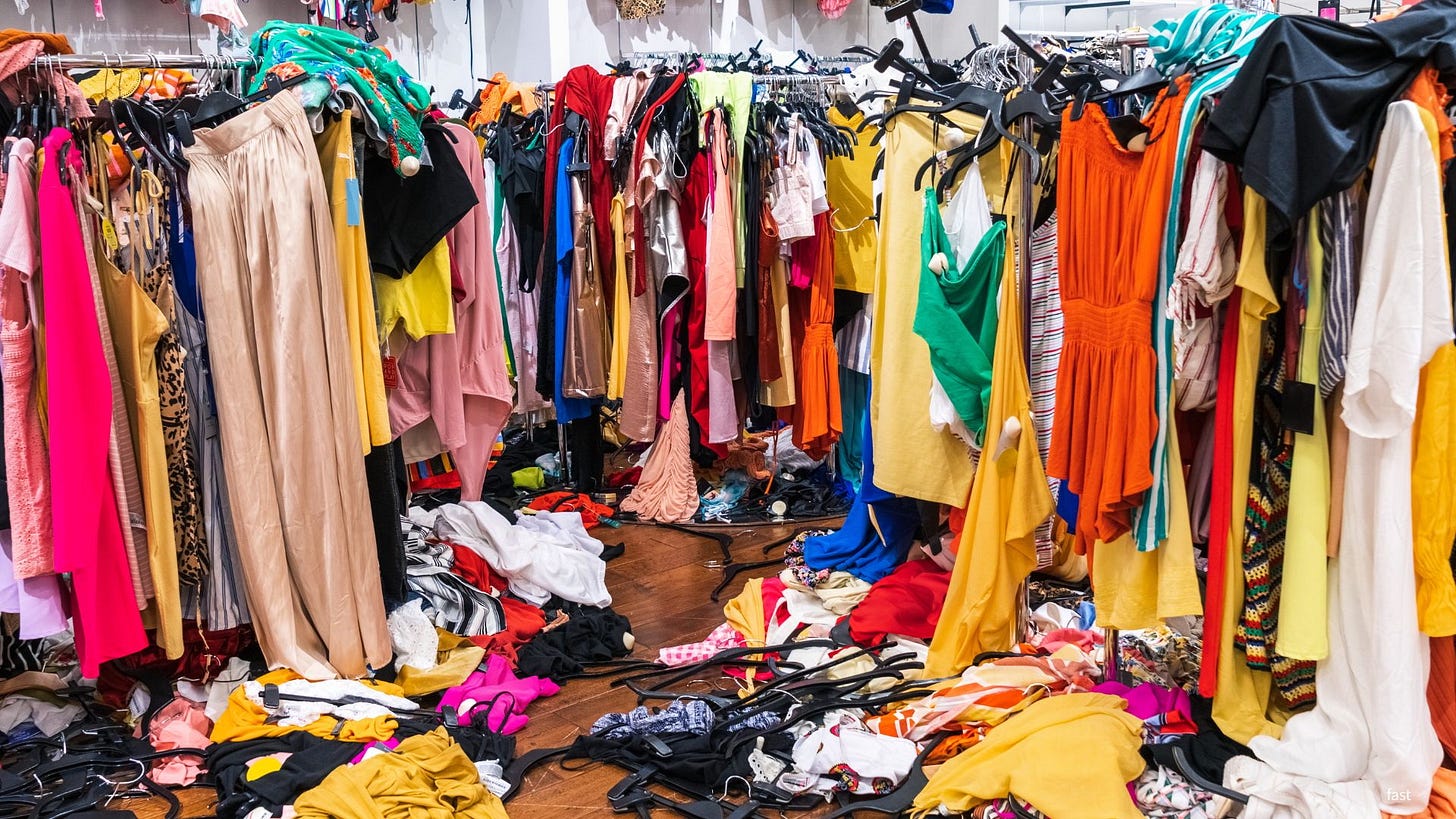
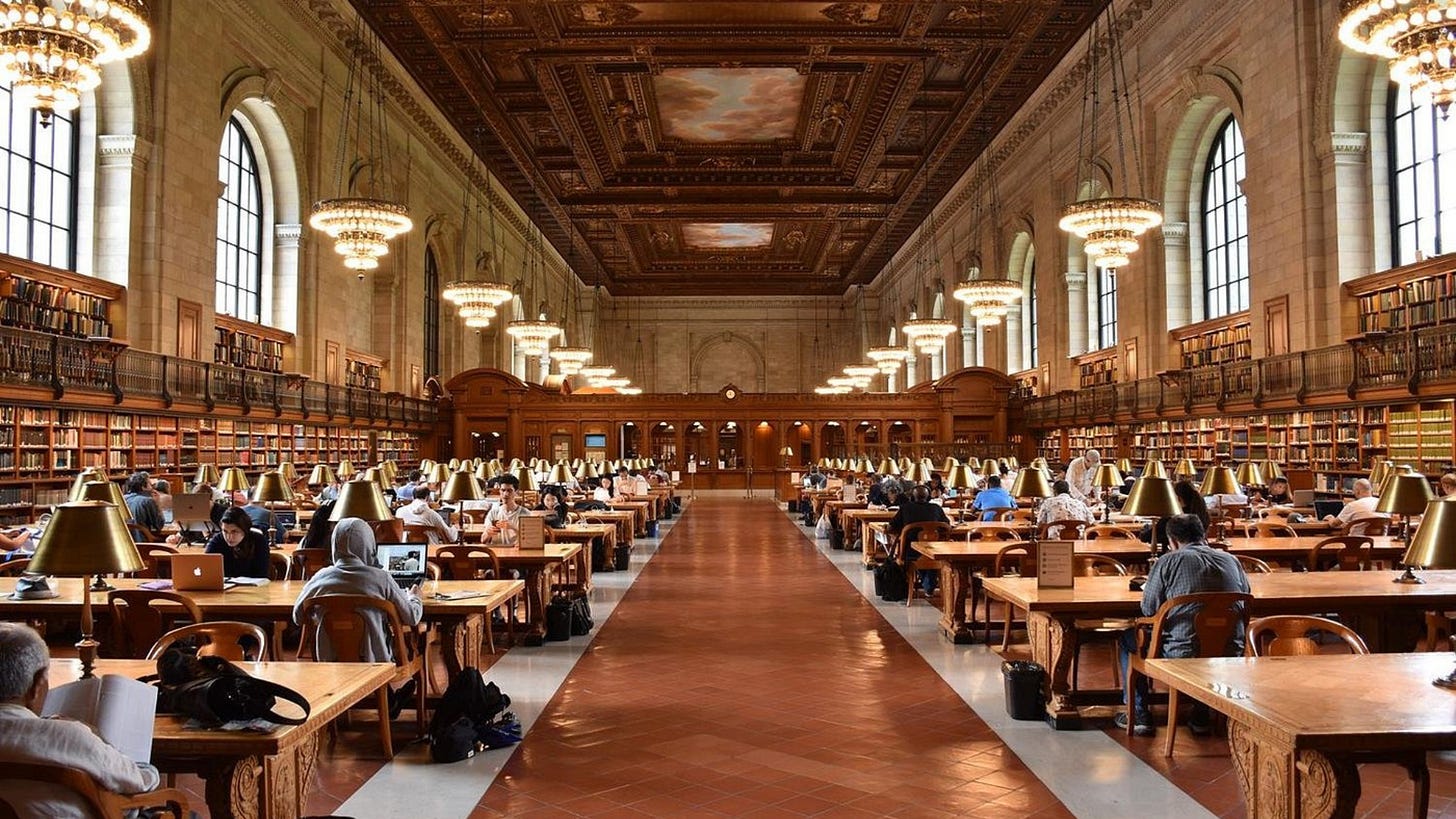
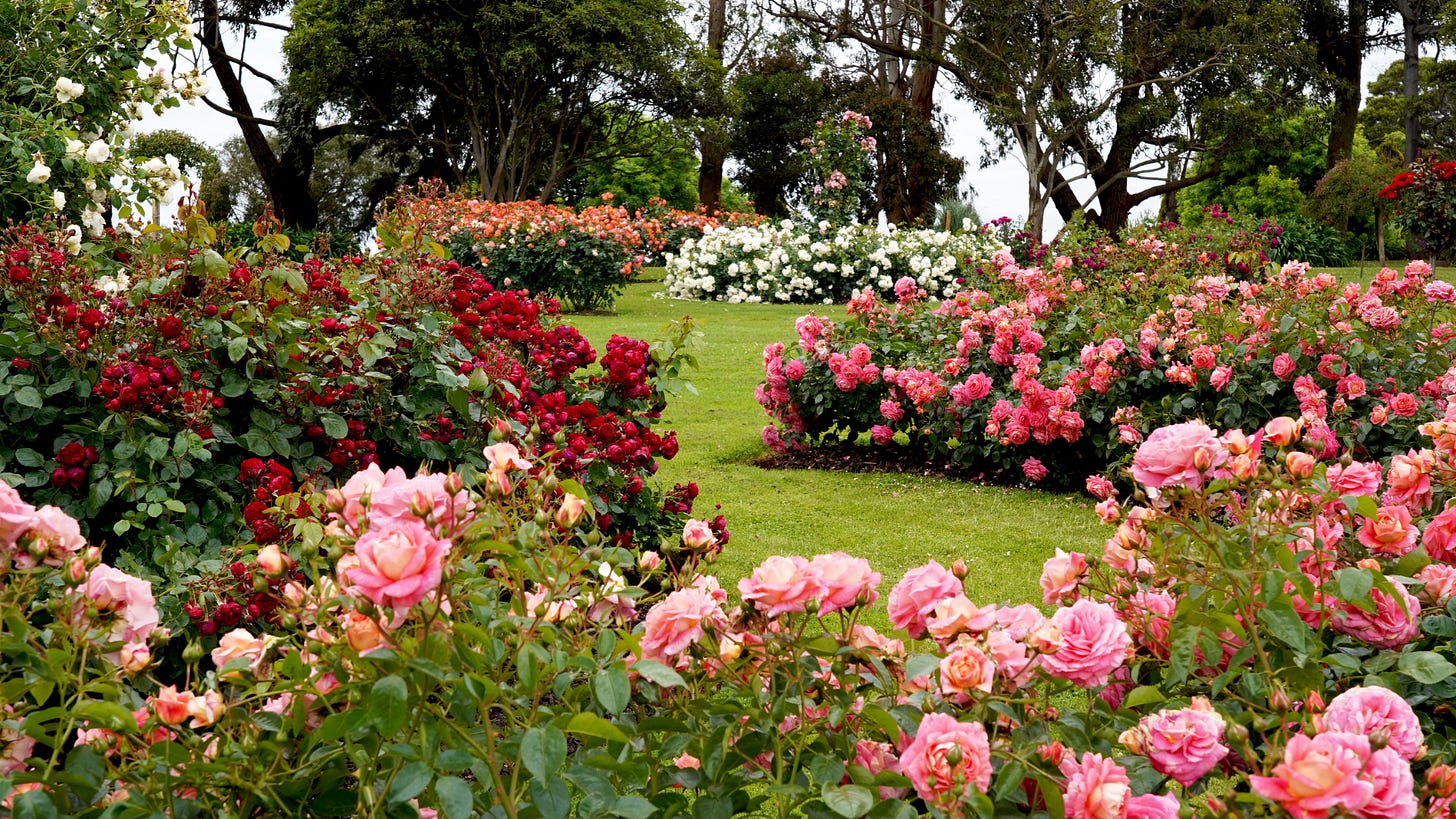

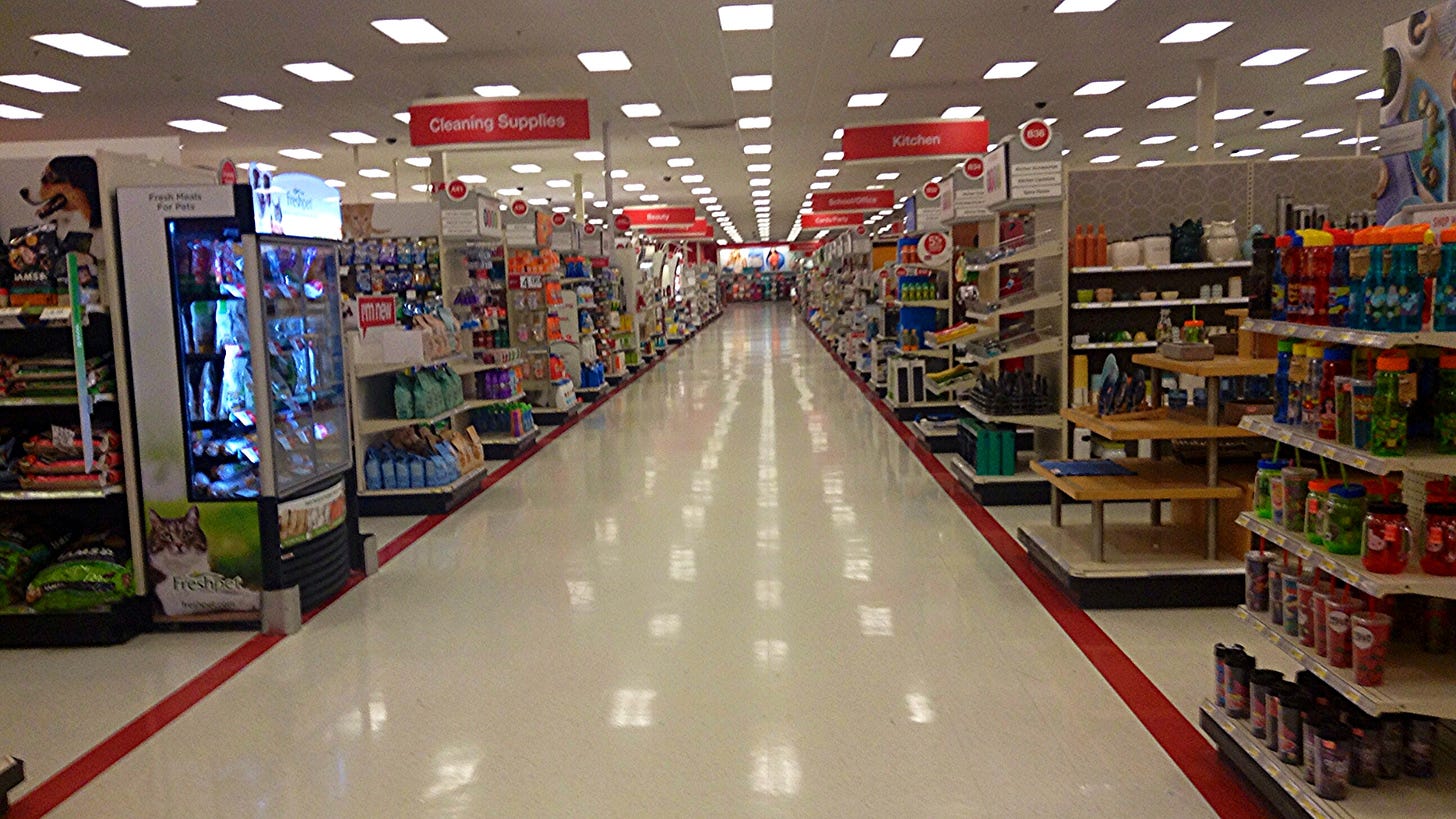
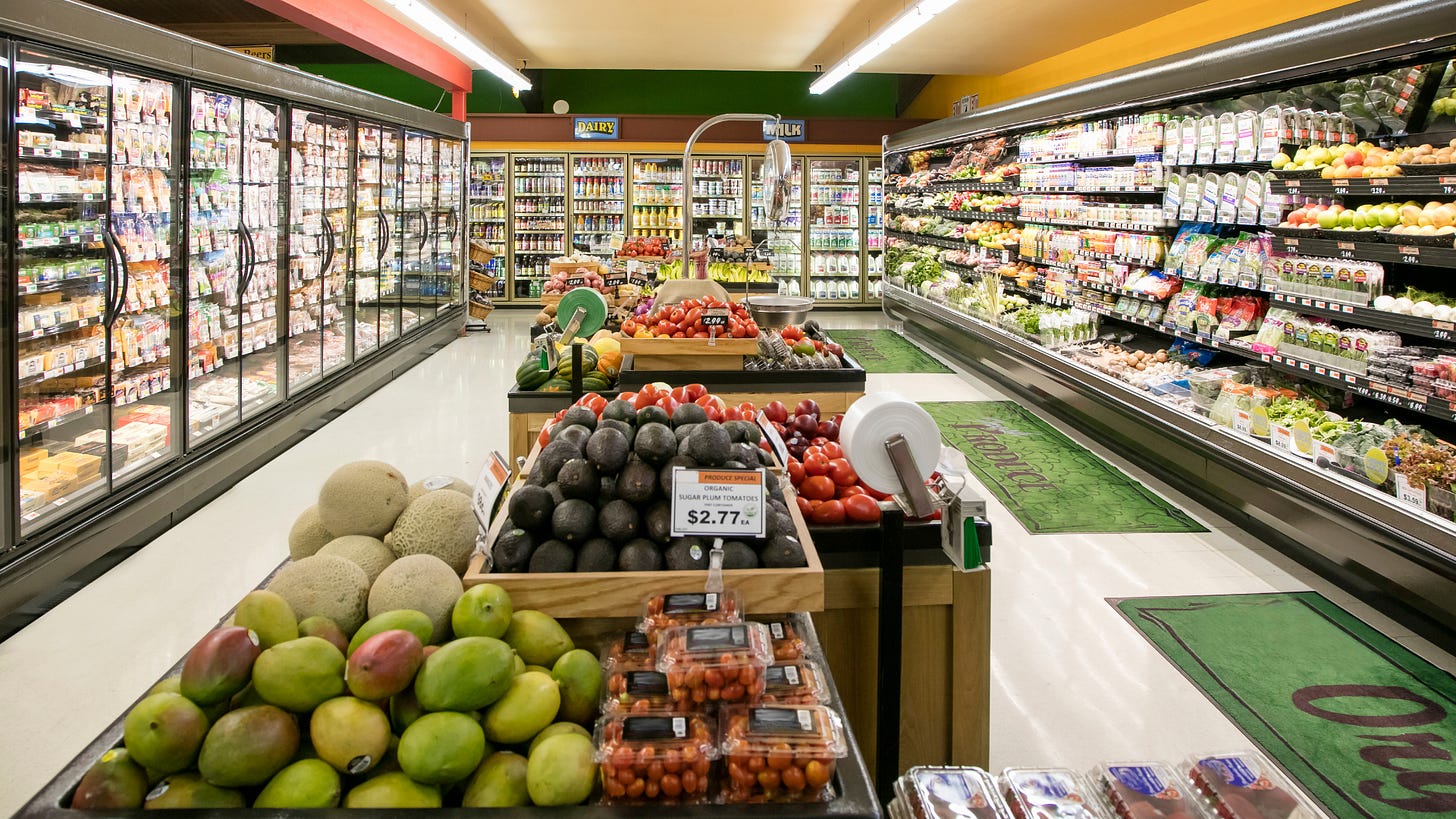
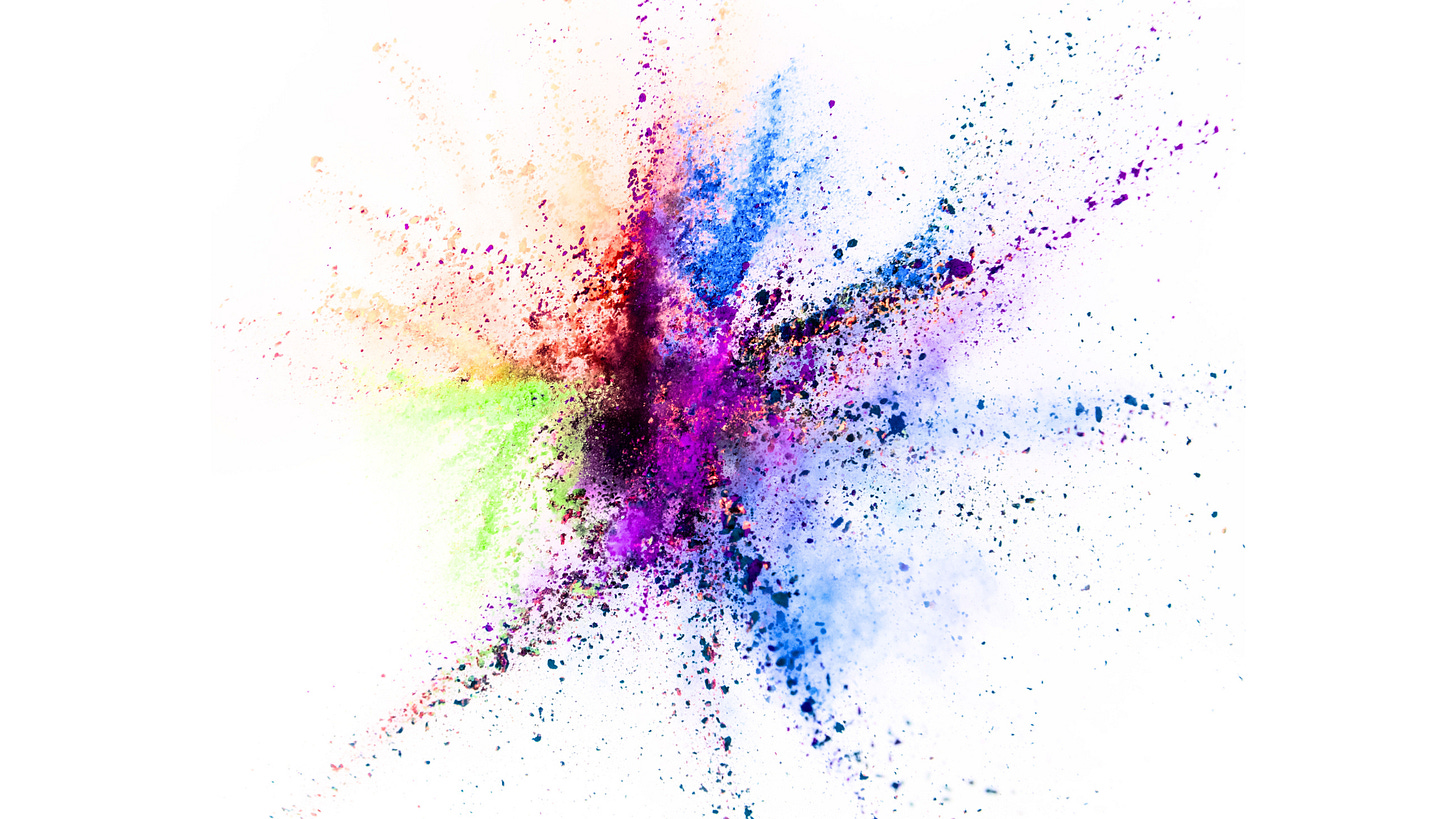
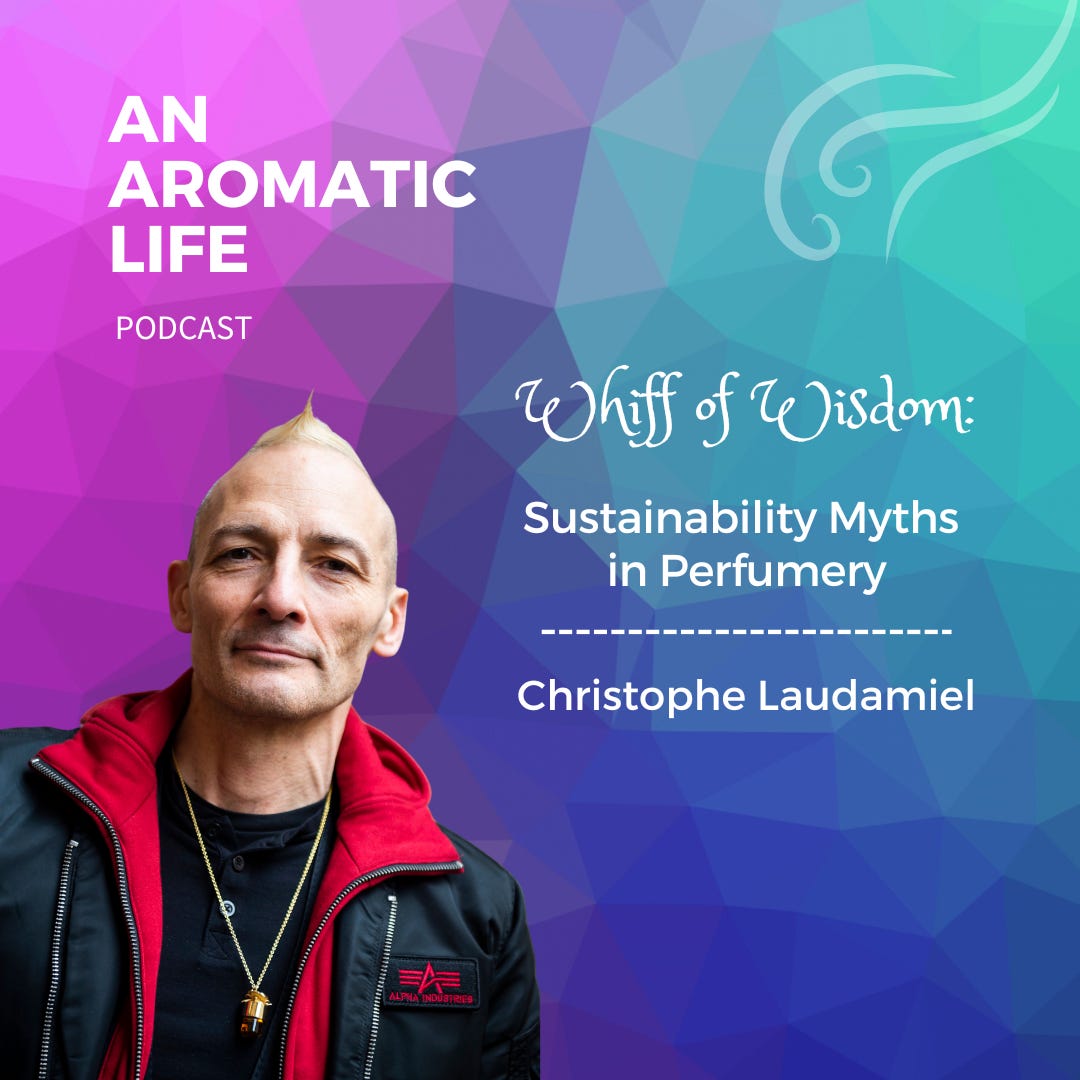





I think that we've become so de-sentisized to "real scent" that many people don't remember what many scents smell like. Thank you for this evocative piece of writing. I love to try to challenge my students in aromatherapy to describe each essential oil as they are starting out and build their vocabulary. I'm also trying to do that through my perfumery work. Hopefully we can get people back on track with real scent vs synthetic, sterile scent one by one!
I disagree. My nose can detect synthetic fabrics (they offgas when new….that’s the reek of a Spotlight store) and I enjoy the aroma of my preferred cafe (not Star-whatsie). I think the world is becoming smellier in a synthetic way…I avoid private bnb’s unless they can assure me they won’t soak the bedding in “conditioner” and practically gag when encountering a gaggle of vapers. You’re right about the roses though, except for David Austin. All of their roses are a joy to noses!!